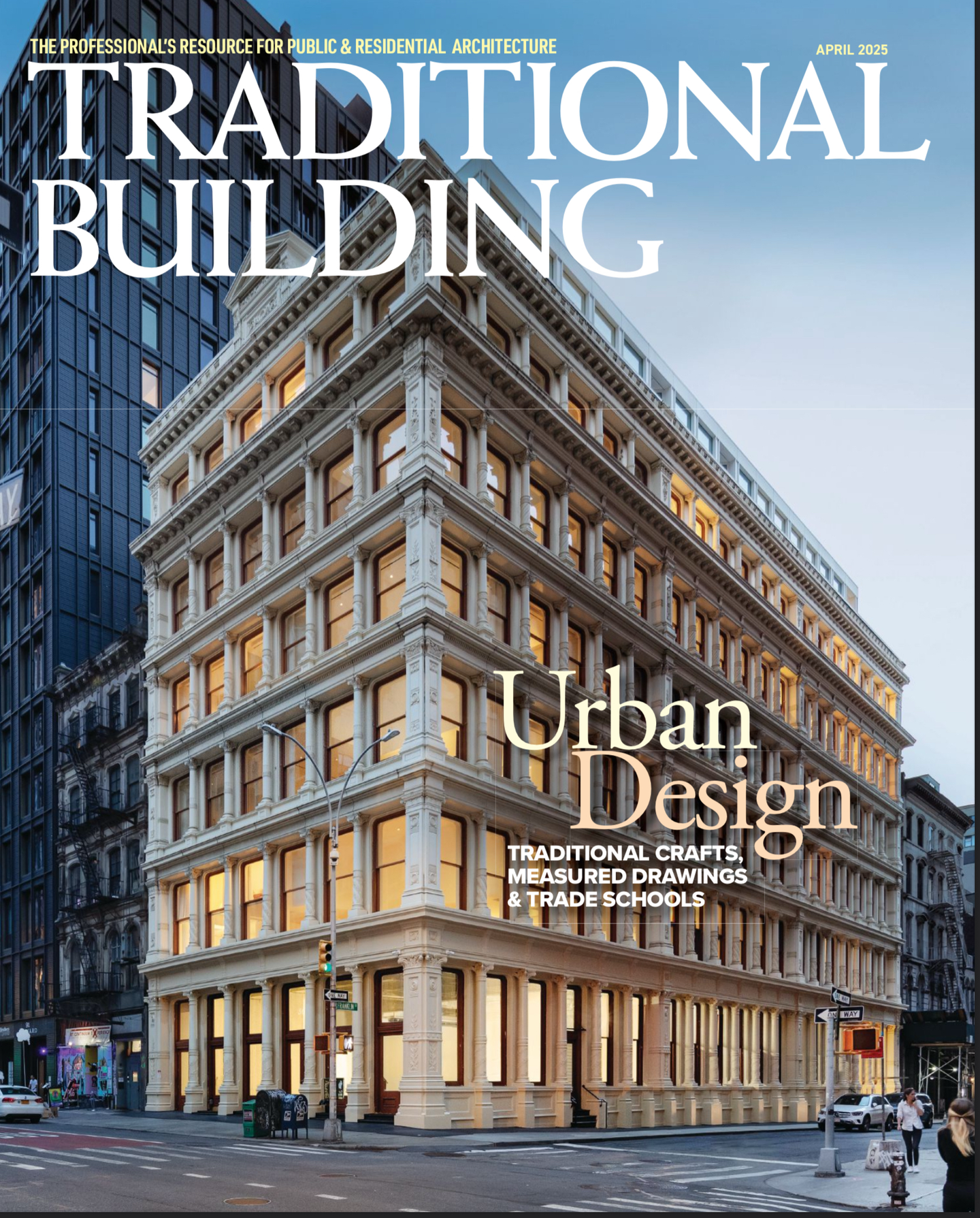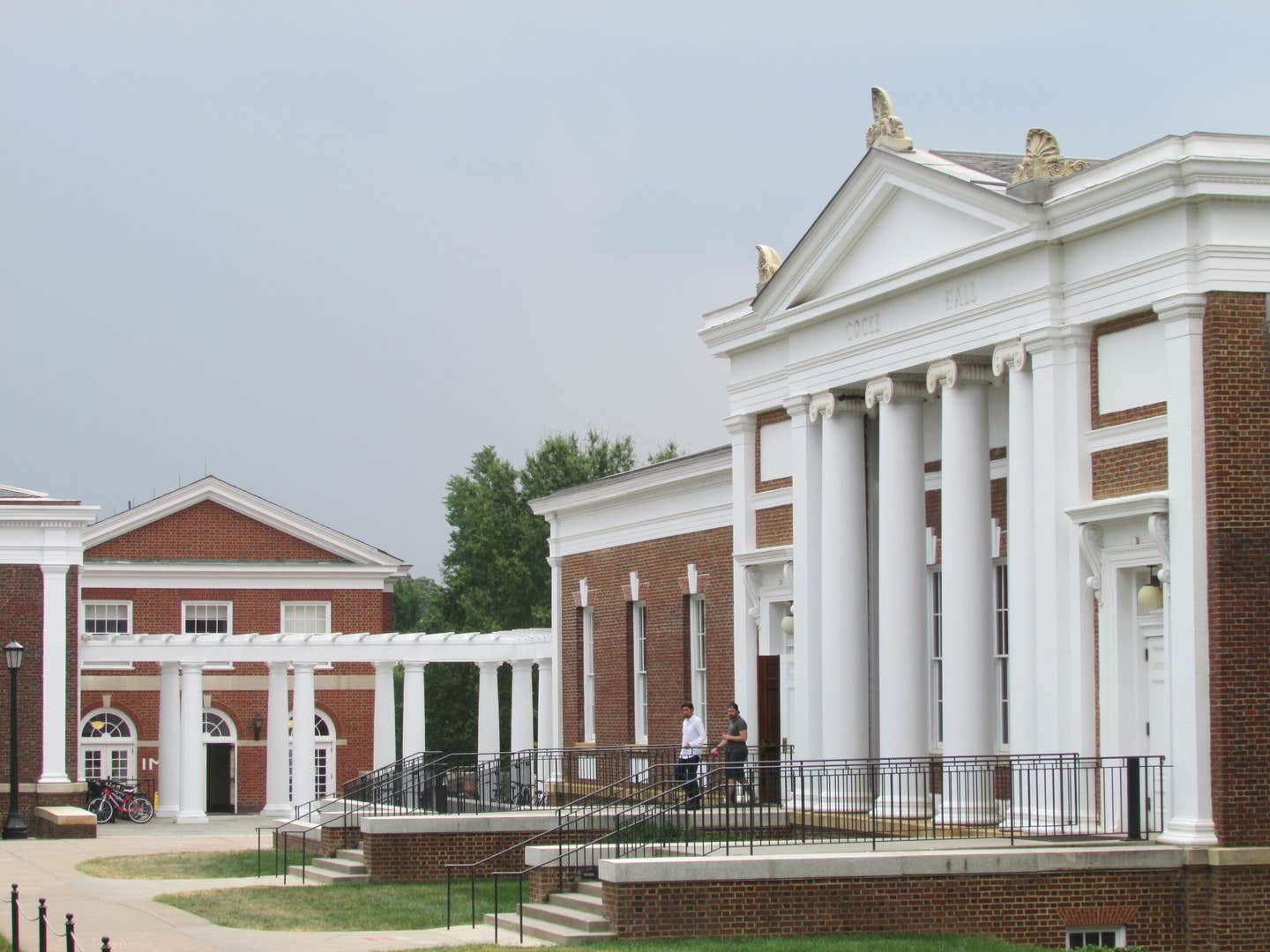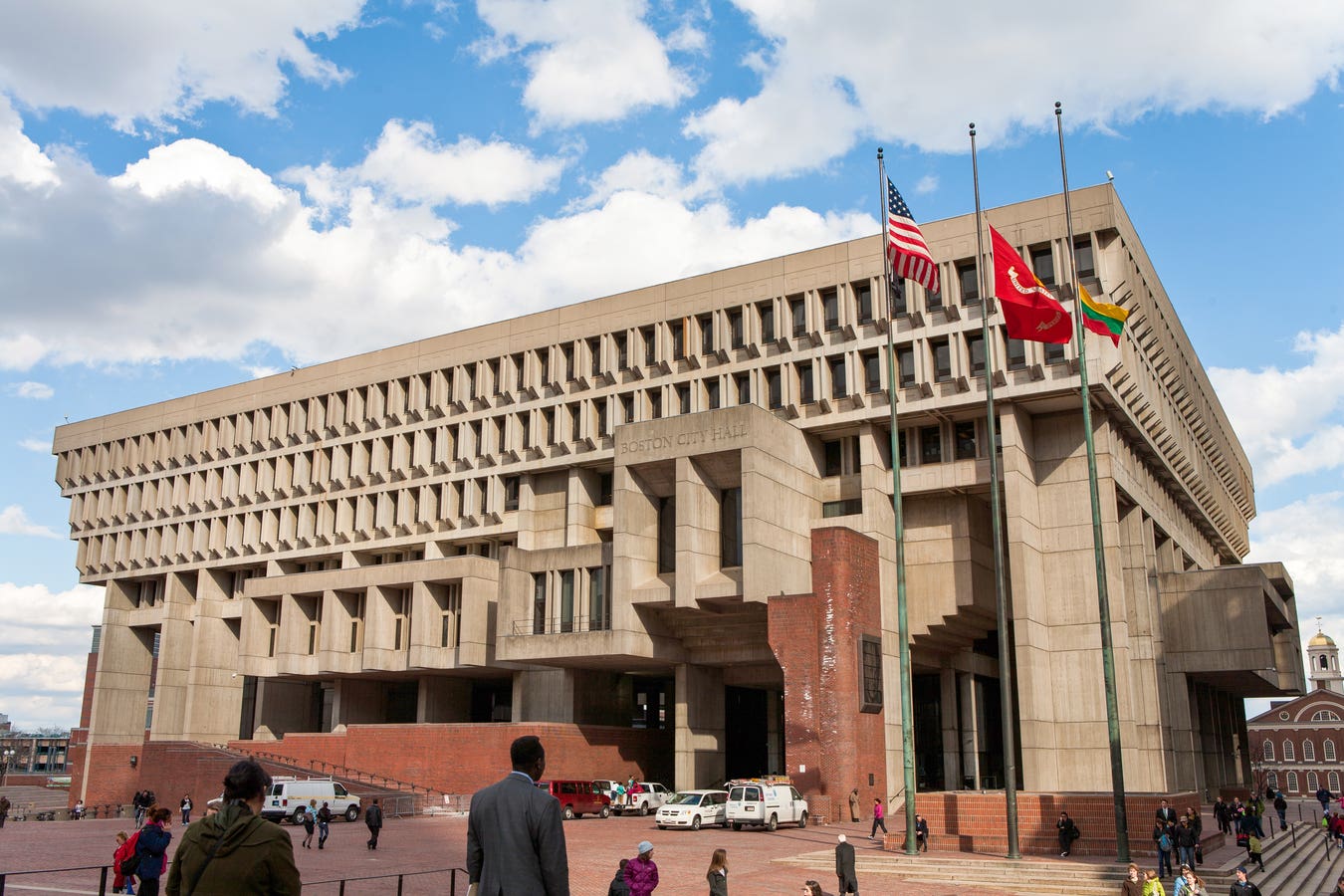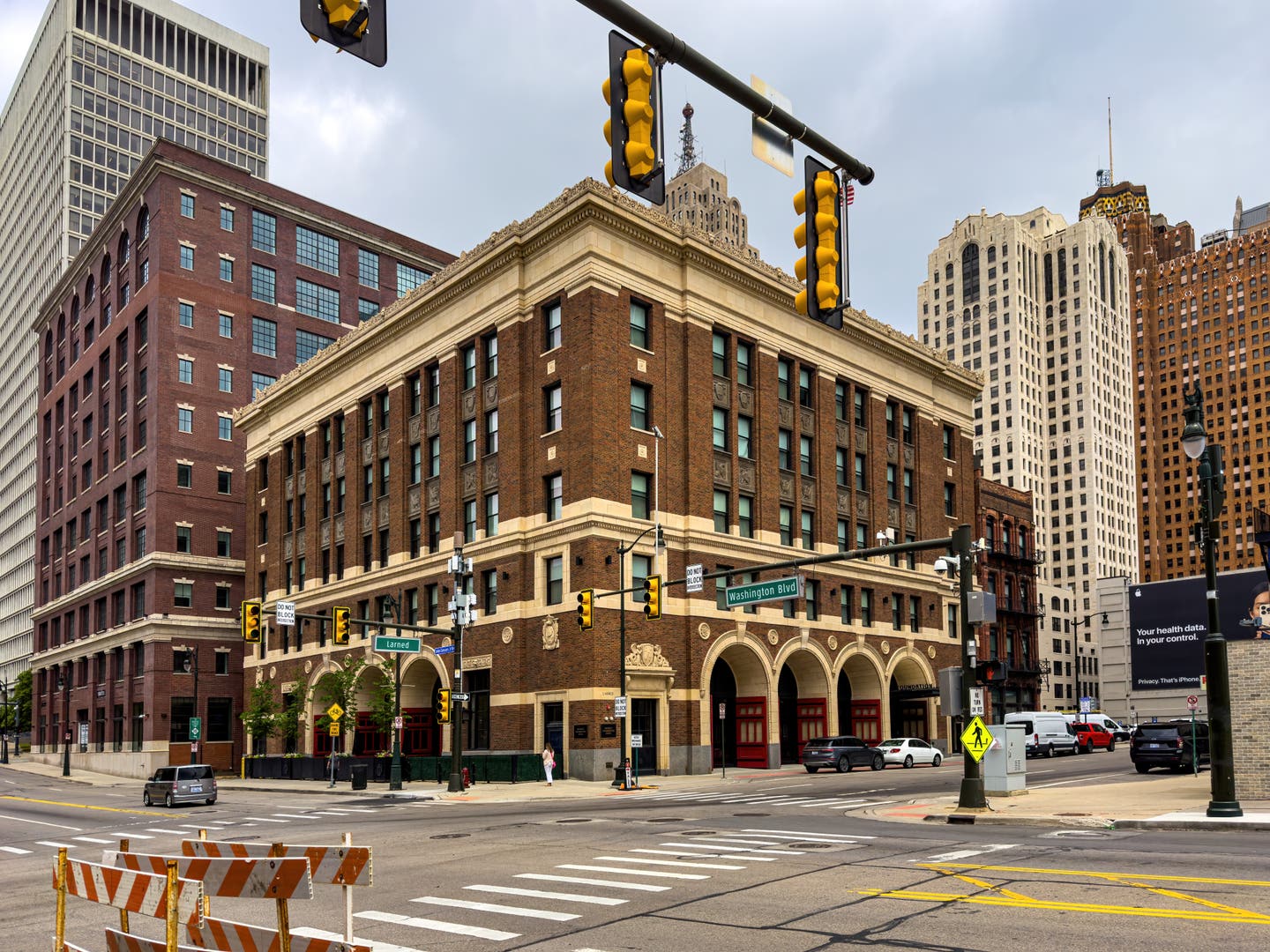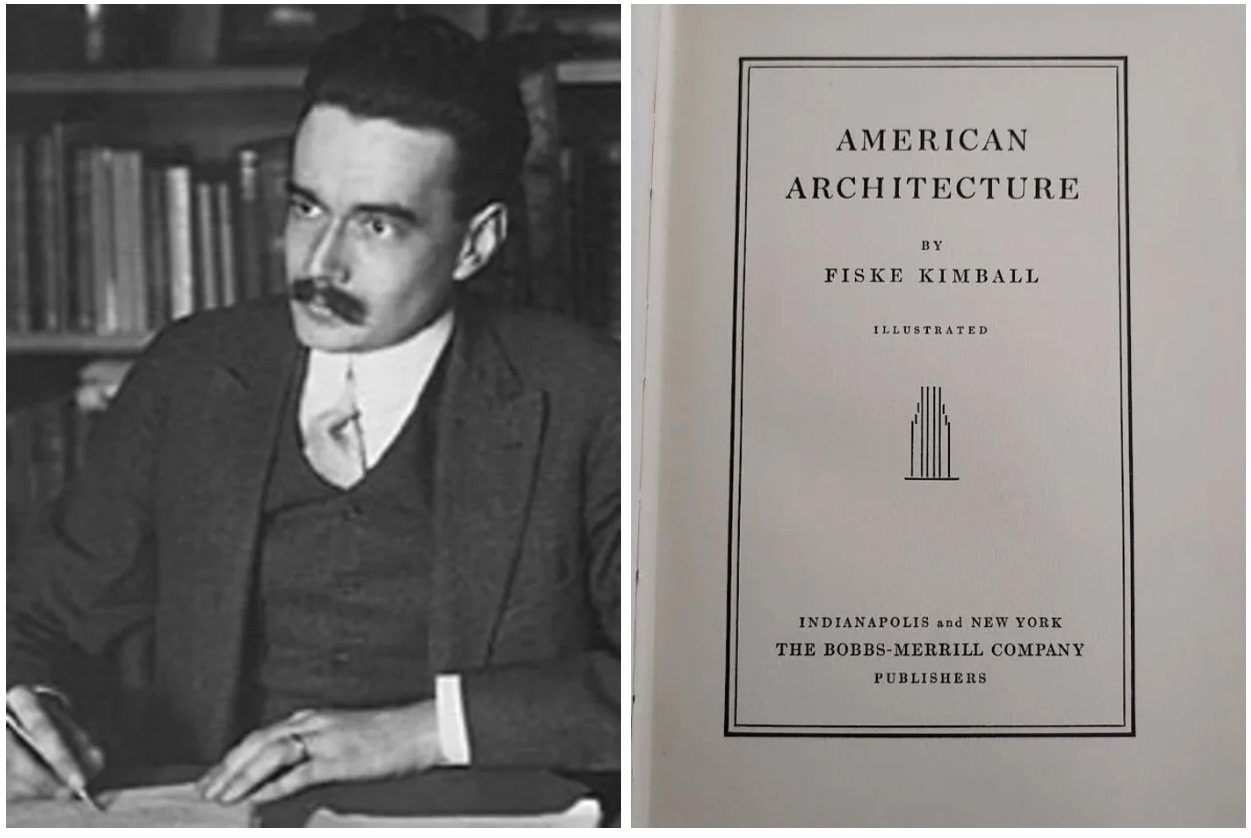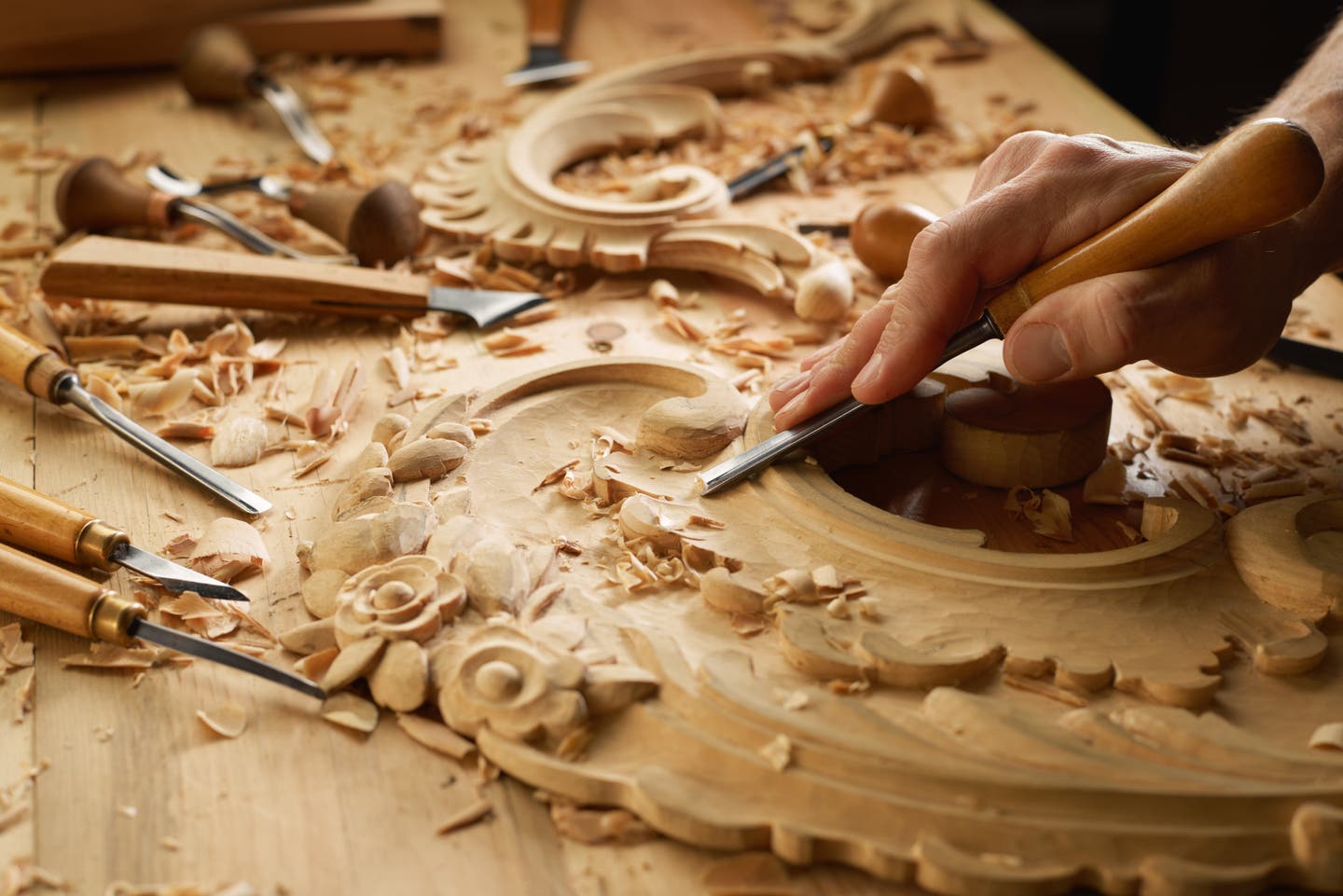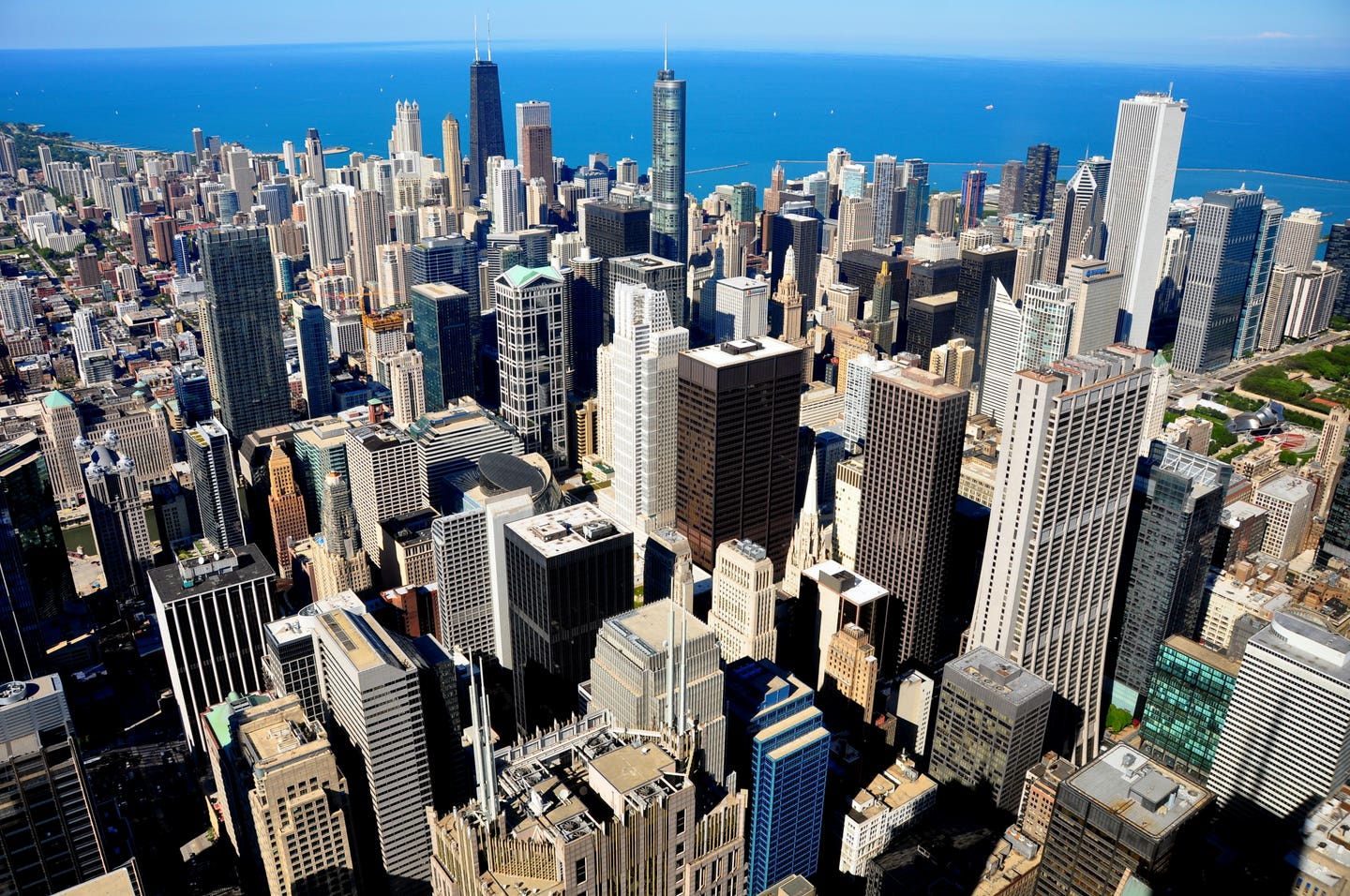
Carroll William Westfall
Reflections on Two Recent Polls
Two recent polls reveal our preferences in government and of architecture in our democracy.
The more celebrated poll revealed a distinct lack of support for President Donald Trump in the popular vote and in the Electoral College. But both also revealed stronger support for the Republican Party’s role in our government, although the Party was not repudiated as thoroughly as the President and the Democratic Party did well enough.
Assessing the outcome in a post-election op-ed column in the New York Times Bryan Garstene identified Donald Trump as a demagogue. A demagogue, the Yale professor explained, is a “popular leader who feeds on the hatred of elites that grows naturally in democratic soil.” Demagogues exert their will over people. Mr. Trump did so by ginning up populist support without seeking to be a leader of all the people. He lost to an opponent who stressed the incumbent’s character flaws and promised to restore the unity of the nation and attend to the needs and interests of all the people as he restored democratic government.
The President-Elect’s winning program stressed values that are traditional and conservative, with lower case t and c, a tradition as the best that the past hands on to the present and the conservation of the best for the future. This democratic program seeks the common, public good, not the individual, personal, private good of some individuals or favored factions. The voters revealed their desire to restore democratic values to American life.
In another poll that the National Civic Art Society had the Harris Poll conduct in October showed a marked preference for traditional buildings over Modernist. Respondents were shown a traditional and a Modernist federal government building, and their preference for the traditional building was overwhelming: 72% v. 28%, with only insignificant differences separating Republicans and Democrats and in other groupings defined by race, income, gender, and education level. Earlier polls had revealed a similar distaste for Modernist buildings.
Those who write and comment and teach about architecture present buildings as isolated objects and assess them according to the criteria of the fine arts of painting and sculpture. It seems that the people who stated their preference between the pairs of federal buildings thought of them as expressions of the ends and purposes of governments. They found them less important as art objects than as the public buildings they are.
We forget that all buildings are public buildings to the extent that to build them requires acts of a government that authorizes their construction because they will serve the ends of the government, which in our democracy are to provide security and justice and protect the natural right of each individual. Governments vest this authority in a variety of agencies and private interests which we interpret as consonant with the consent of the governed and the right to possess private property, but what happens when the people exercise direct authority over what they build?
Andres Duany has noted that those who can choose where they want to live build traditional buildings. Suburbs are not built with Modernist houses, although a few example might late be inserted on older streets where they stand out like sore thumbs housing eccentrics. Meanwhile, people who lack the resources to provide for themselves live in anti-traditional government projects that Modernists designed to serve a utopian future, but these are seldom alluring or lasting.
Nonetheless, Modernism is now the dominant architecture in the culture of architecture and in the popular imagination of what architecture is. But the broadly popular embrace of traditional architecture suggests that it is operating as a demagogue in our democracy, forcing its way into the public realm as a uniquely unpopular and increasingly conspicuous presence. Might we reasonably conclude that its builders are elites who disdain the people in general? If so, this is worrisome because the builders of this elite architecture fall into three broadly unrepresentative groups, corporations, cultural institutions, and government agencies.
Corporations are chartered and operated to provide wealth for their stockholders. What they build makes it clear that those stockholders are their primary concern, not the common, public good that the preferred traditional architecture and urbanism serve. Their architecture is commensurate with the roles people see them playing in the legislative, executive, and judicial branches of government where they seek actions that serve their corporate interests, and the people resent this.
Cultural institutions also benefit from government even though they sponsor and push forward Modernism. In providing venues for the performing arts and in displaying visual arts they do make the best that tradition offers available to the public, but when they build concert halls and museums they favor and boost the Modernist tastes and predilections of the cognoscenti and the avant-garde. They believe that their role is to illustrate and extend the story told by the history of art, a story about how every new style makes all of its predecessors obsolete, a story being furthered by the leaders in the arts who leave the old behind and lead the general population into the ever new. This is demagogic work.
This same stance prevails in the field of education, which is administered by public and private bodies that value the expertise of architects despite what they would choose for themselves where they live. When building neighborhood grammar schools and expanding elite universities, they give free play to Modernist architects so long as they deliver on time and within the budget. Their buildings surely teach students of all ages, and their parents, that whatever used to be built is no longer valuable and valid, a lesson separated by only a short step from being taught other ideas and values are old and out of date.
And government agencies? The Harris Poll told that story.
Modernist architecture was intended to destroy a tradition reaching back well before the beginnings of our democratic form of government, back to ancient Greece and the comity between the architecture that serves authority and the ends the authority seeks. The maxim that architecture expresses the authority of a political body makes architecture as much a political art as the art of governing is. This reciprocity between governing and building is indifferent to the political form of the government exercising the authority, be it monarchic, oligarchic, or democratic. Each of these builds buildings and urbanism through the actions of a government, and they are intended to fulfill its ends. History tells us that the fate of monarchs and oligarchs who lose the support of the people is dire, but luckily their buildings survive to serve other political authorities, which leaves cities and towns such as Athens, Rome, Istanbul, Florence, Rotenberg ob der Tauber, and Bath for our enjoyment even without a thought about their political histories. The end of architecture, after all, is the beautiful and that of government is the good.
In our democracy we seek the good through the consent of the governed. Elections assess to whom we entrust the task of finding the consent needed to pursue the good, and this election produced the clear result that democracy has no role for demagogues. Meanwhile, polling concerning preferences in architecture reveals the demagogic hold of Modernism in or towns and cities. When will we recognize that hold and restore the traditional architecture that is the clear preference of our citizens?
Carroll William Westfall retired from the University of Notre Dame in 2015 where he taught architectural history and theory since 1998, having earlier taught at Amherst College, the University of Illinois in Chicago, and between 1982 and 1998 at the University of Virginia.
He completed his PhD at Columbia University after his BA from the University of California and MA from the University of Manchester. He has published numerous articles on topics from antiquity to the present day and four books, most recently Architectural Type and Character: A Practical Guide to a History of Architecture coauthored with Samir Younés (Routledge, 2022). His central focus is on the history of the city and the reciprocity between the political life and the urban and architectural elements that serve the common good. He resides in Richmond, Virginia.


